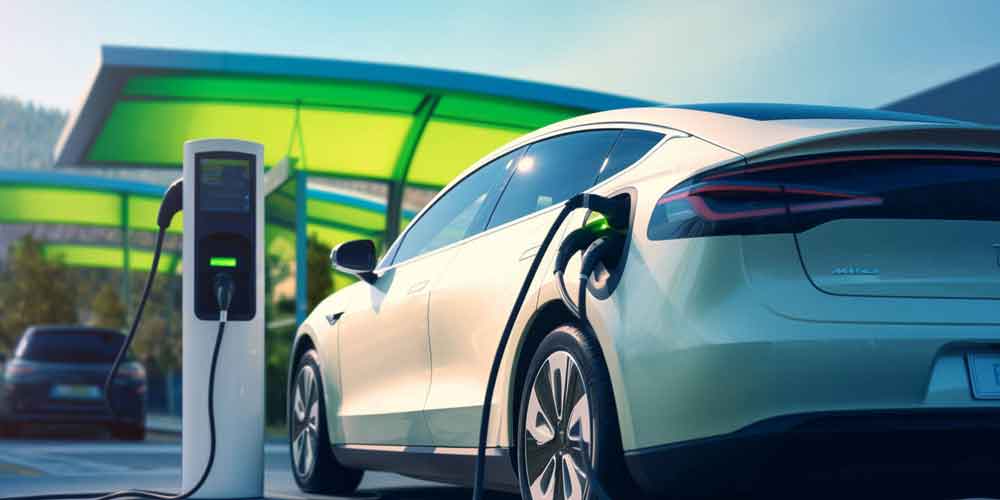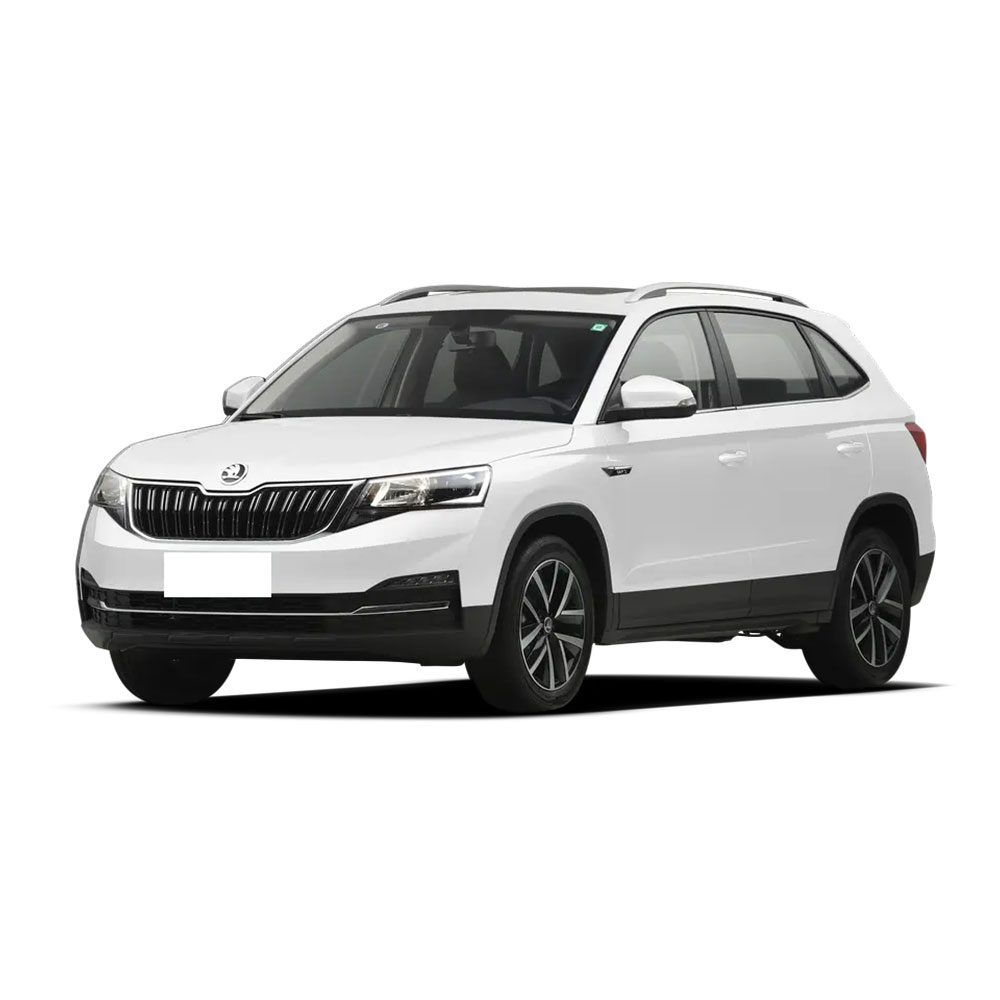Electric Car Economic Analysis: Is Purchasing an Electric Car Wise?
Electric Car Economic Analysis: Is Purchasing an Electric Car Wise?
Have you ever wondered whether buying an electric car is actually a smart financial move? Many potential EV owners carefully weigh this question. While electric vehicles often appear cheaper than fuel-powered counterparts in many markets and also promise significantly lower energy expenses, you should also consider other factors such as maintenance requirements, insurance costs, and potential battery replacement risks. So, does choosing an electric vehicle truly deliver better economic value than sticking with a traditional car? Let’s take a deeper look!
Core Conclusion: If you drive more than 20,000 km per year, have reliable home charging, and qualify for policy subsidies, then an electric car clearly makes economic sense. Otherwise, we strongly recommend conducting a personalized cost-benefit analysis.
1. Economic Advantages of Electric Cars: Lower Long-Term Costs

80% Savings on Energy Costs
- For every 100 km, electricity costs just $0.83–$1.10—compared to roughly $6.90 for gasoline vehicles. If you drive 20,000 km a year, you could save over $1,100.
- For example, in the U.S., many EV owners report annual energy costs of around $166.
Over 60% Reduction in Maintenance Costs
- Since electric cars don’t require oil changes or spark plug replacements, annual maintenance typically runs between $41–$69—far less than the $207+ for combustion engines.
- Additionally, regenerative braking reduces wear on brake systems, further lowering long-term costs.
Policy Subsidies Reduce Upfront expense
| Subsidy Type | China Example | U.S. Example |
| Purchase Tax Exemption | Full exemption (save 10%) | $7,500 tax credit |
| Local Subsidies | Up to $1,380 | State subsidies: $2,000+ |
| Charging Station Support | $69–$276 | 30% federal reimbursement |
2. Economic Risks: When an Electric Car May Not Be Cost-Effective
Low-Mileage Drivers (< 10,000 km/year)
- A higher purchase price may not be offset by fuel savings—especially since comparable EVs still cost $2,760–$6,900 more than similar gas cars.

Limited Charging Access
- If you rely on public fast charging, remember that electricity rates can be 2–3 times more expensive than home charging, not to mention 30% more time-consuming.
- Likewise, owners in colder northern regions may see winter range drop by 25%, increasing heating-related energy use and costs.
Short-Term Ownership (< 5 Years)
- Battery degradation often leads to faster depreciation. By 2025, the average residual value for EVs is projected to be 45%—compared to 60% for fuel-powered cars.
3. Key Decision-Making Factors
Cost Break-Even Formula
You can calculate your economic break-even point using:
(EV Price – Fuel Car Price – Subsidies) ÷ (Annual Fuel Cost – Annual Electricity Cost + Annual Maintenance Difference)
- Example: With a price difference of $4,140 and annual savings of $1,656, the payback period would be 2.5 years.
Charging Access Self-Assessment
| Condition | Score |
| Dedicated parking with home charging | +3 |
| Workplace or mall with free charging | +2 |
| Fast charging station within 3 km | +1 |
| → Total Score ≥ 4: Strongly Recommended |
Policy Timeline Alert
- China’s NEV purchase tax exemption will phase out through end-2027 (still full exemption in 2025).
- The U.S. federal tax credit operates on a quota system—popular models may exhaust subsidies early.
4. Industry Trends: Economic Tipping Point in 2025
- Battery prices have nosedived from $82.8/kWh (2012) to just $12.4/kWh—narrowing the price gap between electric and combustion vehicles by 40%.
- New 800V fast-charging platforms allow 400 km of range in just 10 minutes (e.g., Tesla V4 Supercharger).
- Vehicle-to-Grid (V2G) technology now enables owners to sell electricity back to the grid, potentially earning up to $276 per year.
Conclusion: Smart Decisions Require Personalized Analysis
The economic case for electric cars has clearly evolved from purely environmental to strongly practical—but your individual circumstances still matter. With charging infrastructure expected to surpass 20 million global units by 2025 and solid-state batteries entering mass production, the financial advantages of electric vehicles are expanding faster than ever.





